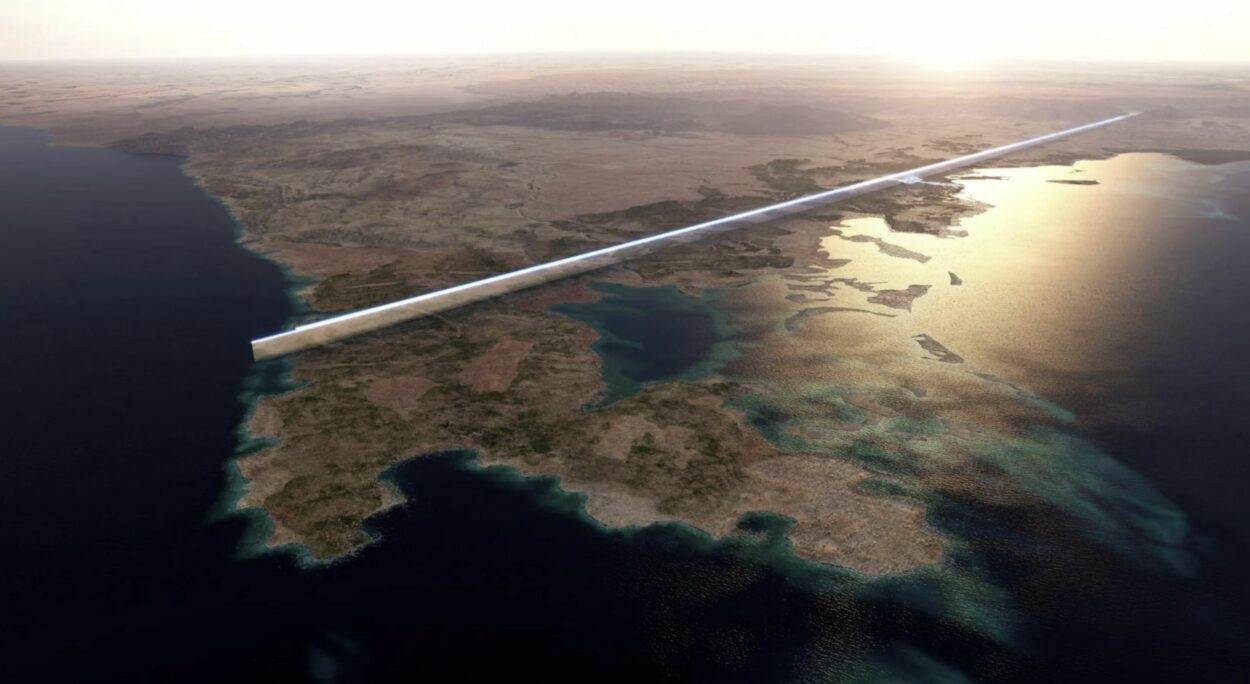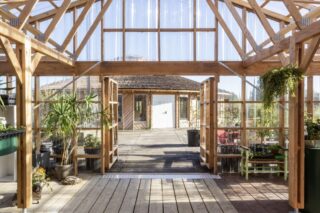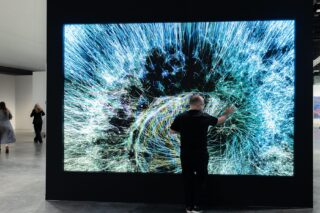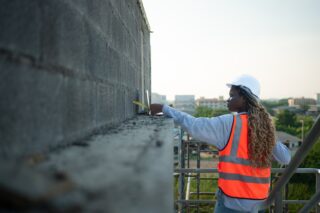Explore the unveiling of “The Line” megacity at the Venice Architecture Biennale, amidst awe-inspiring designs and the backdrop of controversy surrounding Neom’s environmental and ethical implications.
Amidst the stunning backdrop of the Venice Architecture Biennale, the world got an up-close look at one of the most ambitious urban projects of our time: Neom’s “The Line.” This audacious 170-kilometer linear city, which aims to reshape urban living on an unprecedented scale, took center stage at the exhibition. Curated by Ramon Part in collaboration with Squint/Opera and We Exhibit, the event not only showcased the groundbreaking architectural vision but also stirred conversations around the project’s ethical implications.
“The Line” megacity, a key element of Saudi Arabia’s Neom project, seeks to redefine urban connectivity and sustainability. Its innovative design envisions towering skyscrapers stretching across the desert landscape, creating a seamless urban fabric for residents. Architects from renowned studios like Adjaye Associates, Coop Himmelb(l)au, and Delugan Meissl Associated Architects contributed their unique interpretations to the project, sparking fascination and discussion.
A cognitive city stretching across 170 kilometers, from the epic mountains of NEOM across inspirational desert valleys to the beautiful Red Sea; The Line is a mirrored architectural masterpiece towering 500 meters above sea level, but a land-saving 200 meters wide. The Line redefines the concept of urban development and what cities of the future will look like. No roads, cars, or emissions, it will run on 100% renewable energy and 95% of land will be preserved for nature. People’s health and well-being will be prioritized over transportation and infrastructure, unlike traditional cities.
The exhibition provided attendees with an immersive experience, featuring large-scale models, captivating multimedia presentations, and intricate visualizations of “The Line” and other sections of Neom. However, the grandeur of the architectural visions was juxtaposed with the growing controversy surrounding the project’s environmental impact and displacement of local communities.
Critics have raised concerns about the project’s sustainability and ethical implications. The Neom project has faced scrutiny for its potential disruption to local ecosystems and the displacement of indigenous communities. The exhibition at the Venice Biennale thus became a platform for critical dialogue, as architects, designers, and the public grappled with questions surrounding the feasibility and ethical responsibility of such an ambitious endeavor.
While the architectural innovation of “The Line” is undeniable, its long-term viability and societal consequences are subjects that can’t be ignored. As architects and thinkers explore the possibilities and challenges, the legacy of “The Line” and Neom will likely be shaped not only by architectural prowess but also by a deep understanding of the complex interplay between progress and responsibility.
At the heart of the discourse surrounding “The Line” lies a fundamental question: Can grand architectural visions coexist with environmental stewardship and social responsibility? The magnitude of “The Line” is awe-inspiring, promising to revolutionize urban living through cutting-edge design and technology. Yet, the project’s ambition is met with skepticism by those who fear that its grandeur might come at the cost of nature and cultural heritage.
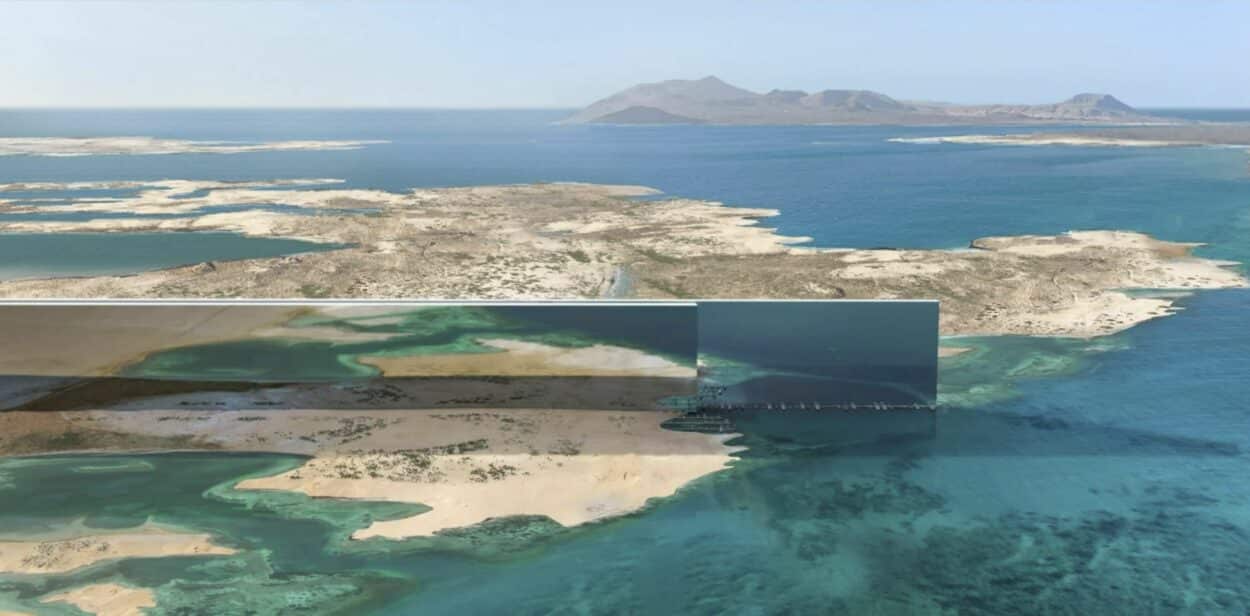
The controversy over Neom’s impact on local communities adds another layer of complexity to the project. Reports of displacement and human rights concerns have cast a shadow over the otherwise visionary endeavor. The exhibition at the Venice Biennale confronted these uncomfortable truths head-on, inviting architects and attendees to engage in an open and honest conversation about the ethics of urban development on such a massive scale.
As the world watches “The Line” take shape, architects and designers are faced with a formidable challenge: to pioneer a new era of sustainable and socially responsible urbanism. The Neom project, despite its controversies, underscores the power of architectural innovation to shape the future. By acknowledging the potential pitfalls and actively seeking solutions, architects can demonstrate that progress and responsibility need not be mutually exclusive.
The Venice Architecture Biennale, renowned for its celebration of architectural creativity and discourse, proved to be an apt platform for showcasing “The Line.” Beyond the glossy models and captivating visualizations, the exhibition invited introspection and critical evaluation. It urged architects to not only dream big but to confront the realities of their creations on the environment and society.
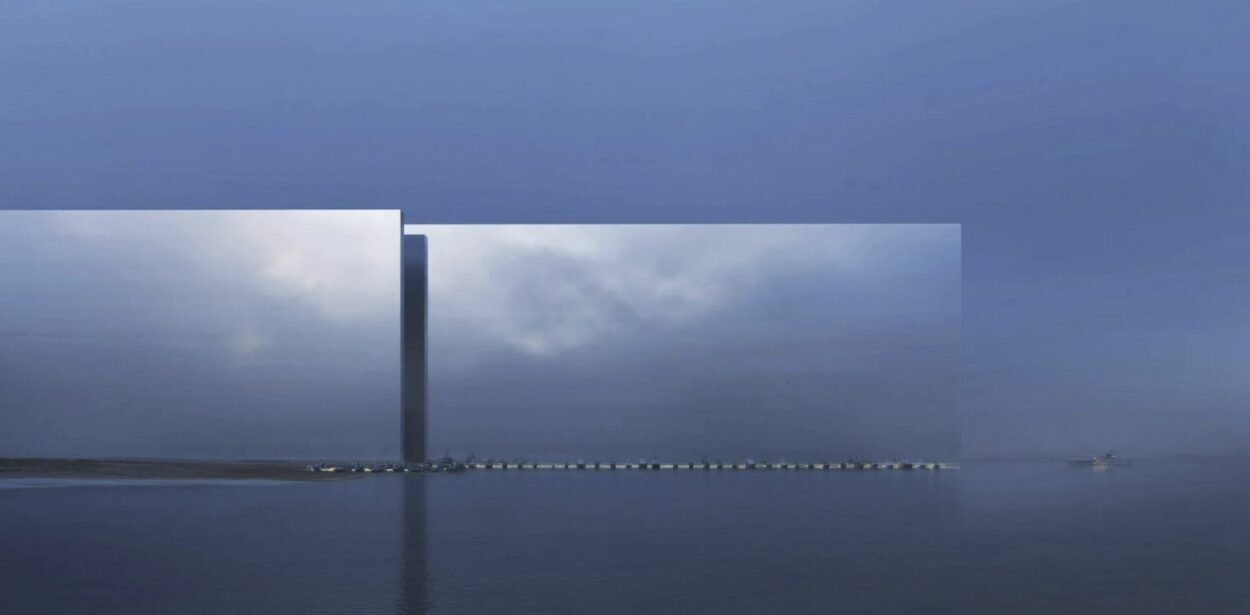
In a world grappling with the consequences of unchecked development, “The Line” stands as both a testament to human ingenuity and a cautionary tale. The architects and designers associated with the Neom project have an opportunity to redefine the narrative, to demonstrate that innovation can be sustainable and ethical. The choices they make during the project’s evolution will undoubtedly shape its legacy and serve as a blueprint for future urban endeavors.
As the Venice Architecture Biennale comes to a close, the resonance of “The Line” exhibition lingers. It serves as a reminder that the pursuit of architectural excellence requires an unwavering commitment to responsible design. The future of urbanism lies not only in the marvels of construction but also in the conscientious consideration of the world we build for ourselves and generations to come.
